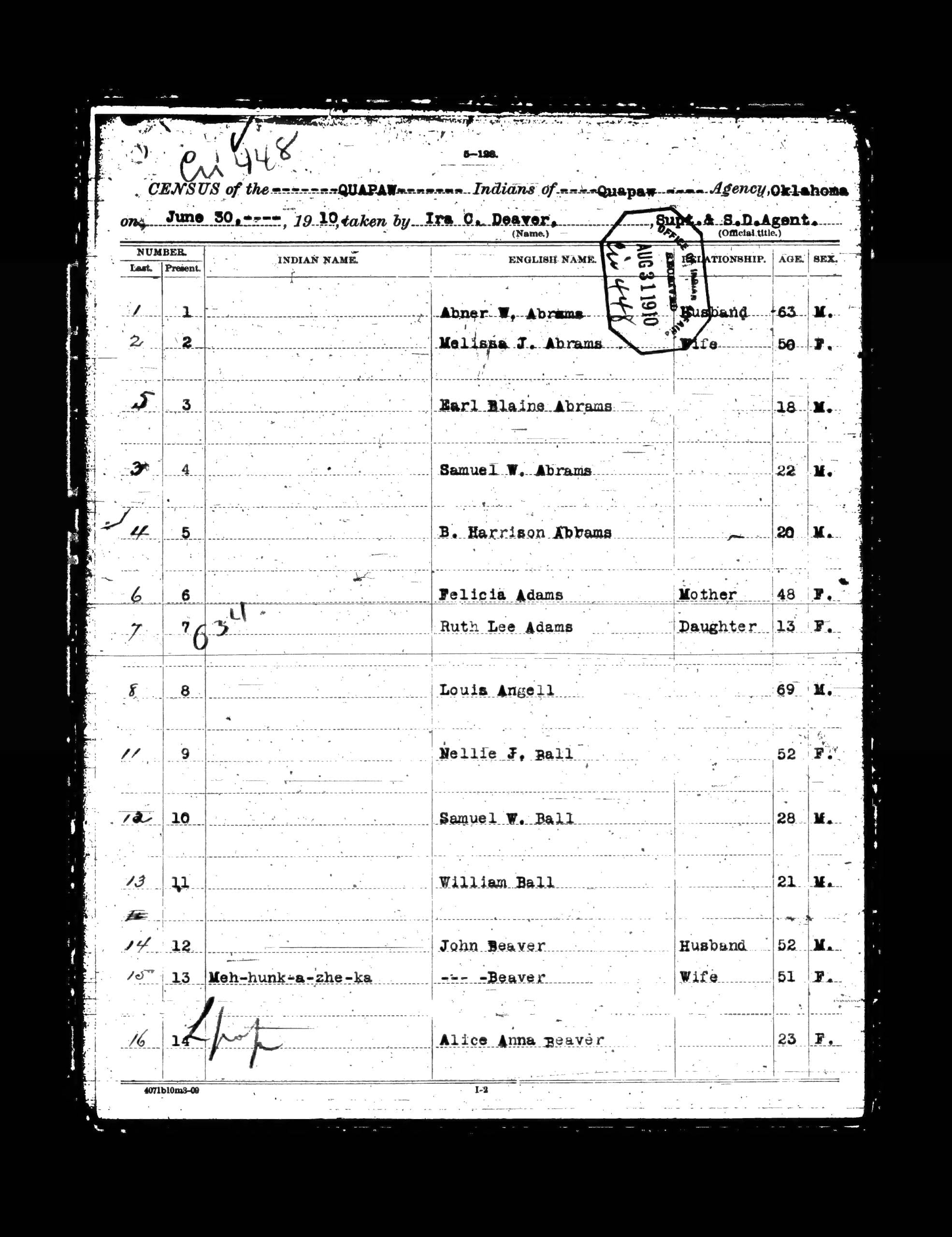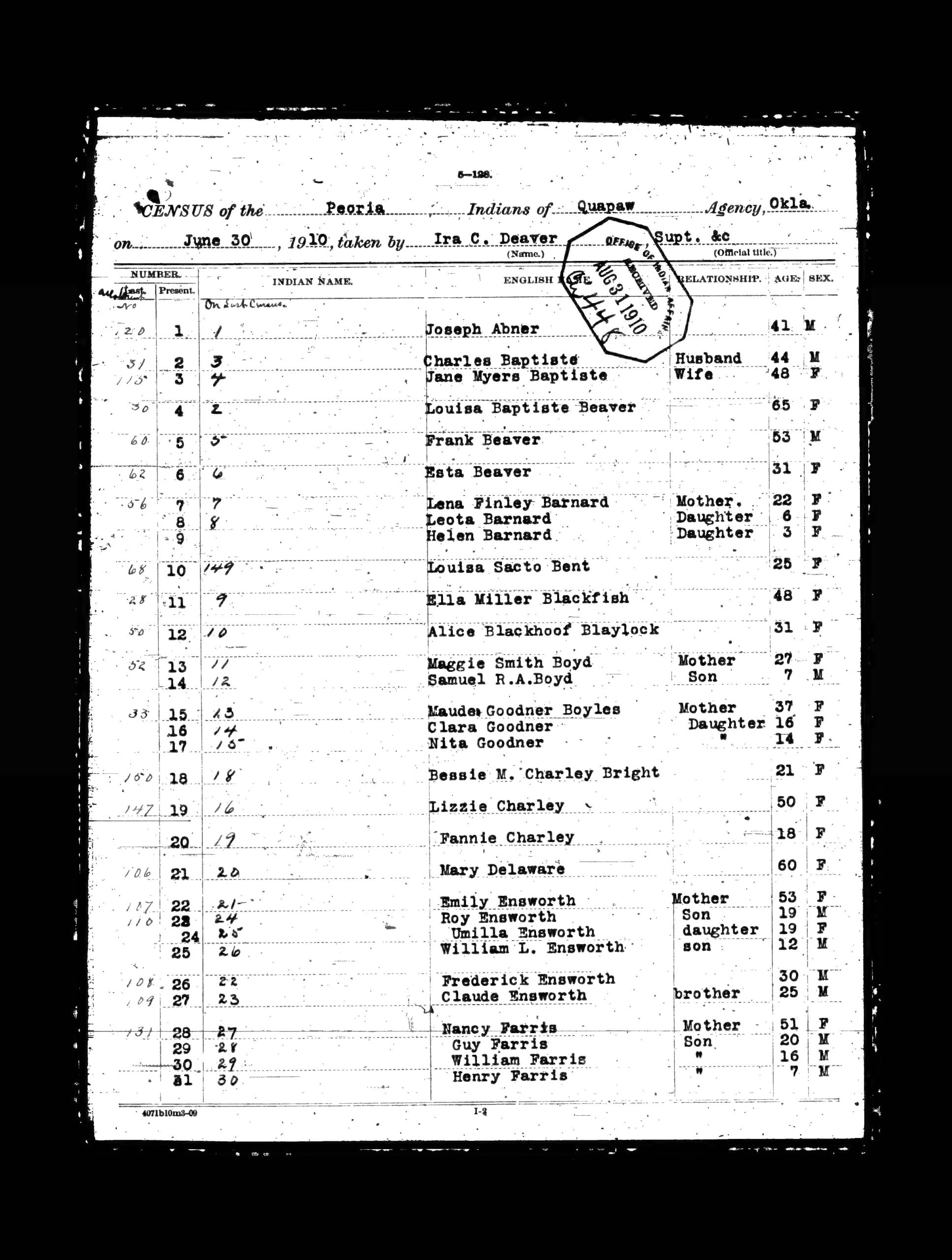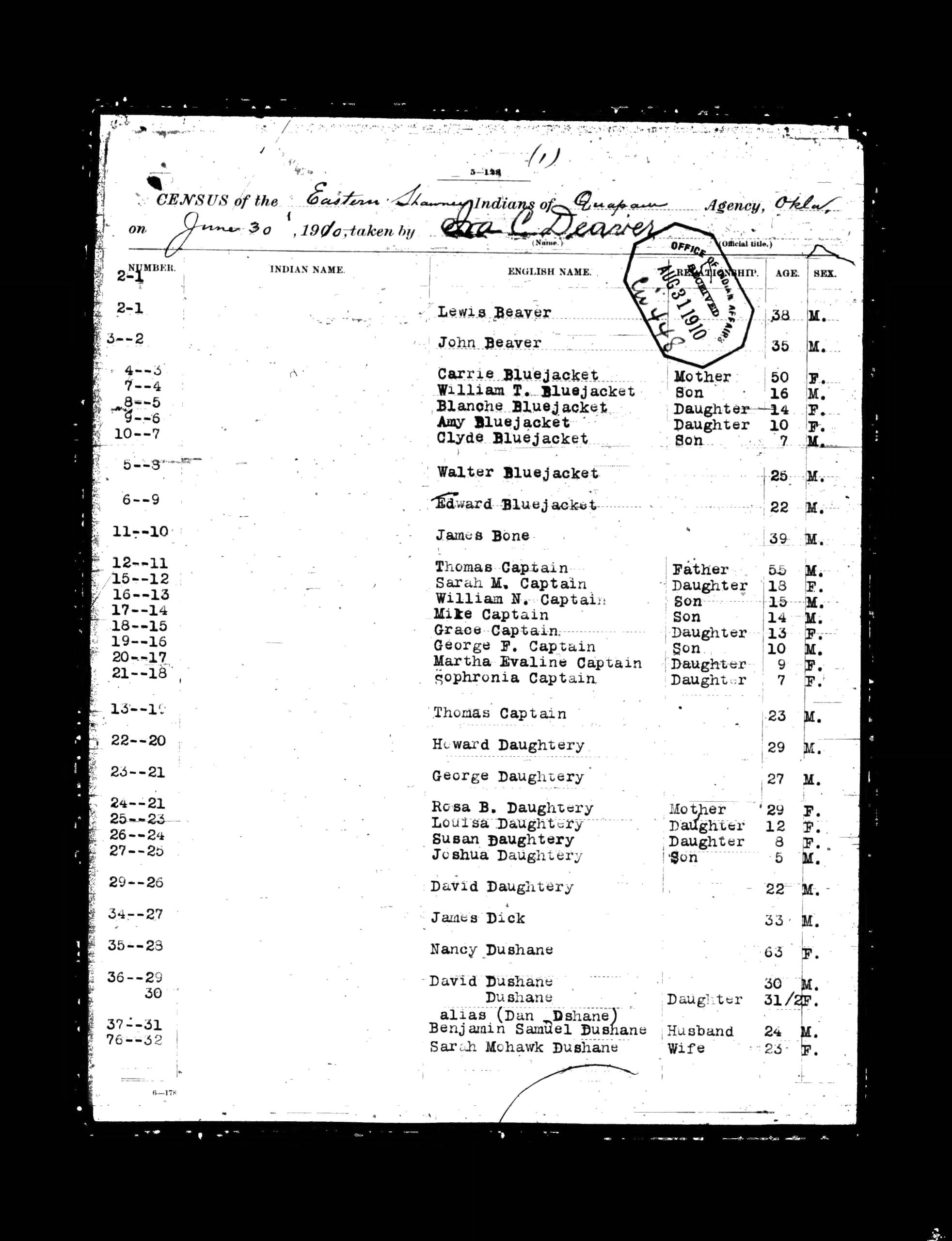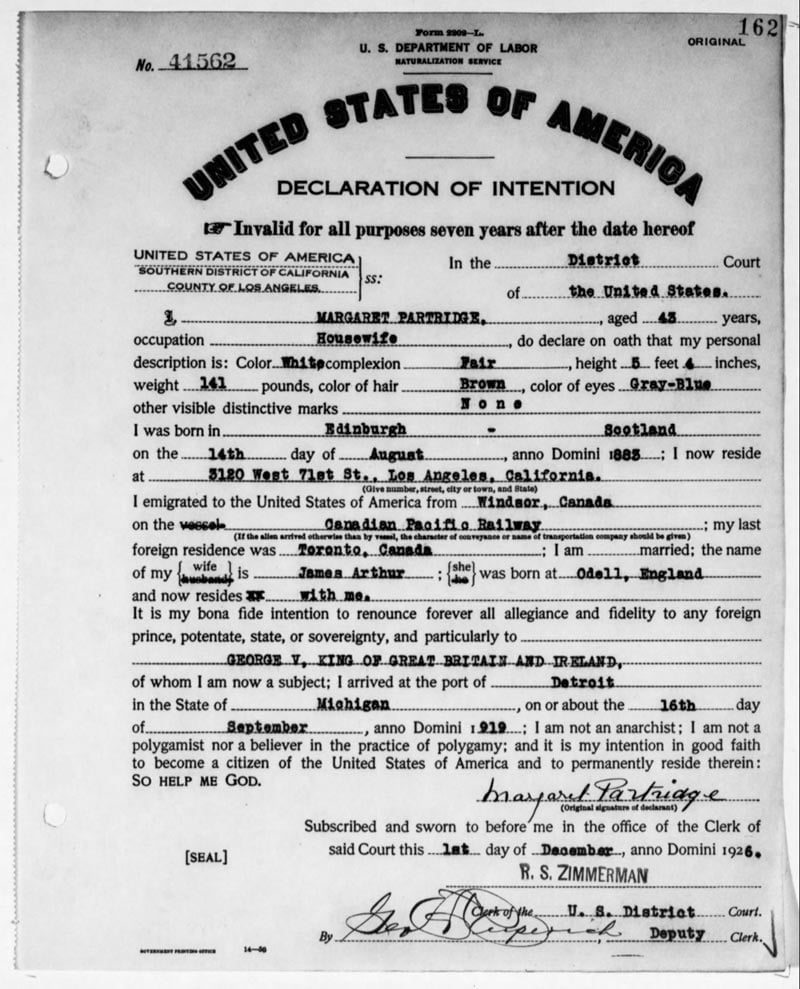A current list of all genealogy databases available on AccessGenealogy. Our general search does NOT index the following databases. In order to search these at this time you will need to search each one separately.
Please note that we are converting our databases to a new format. As such, you may find an occasional database unavailable while it is being converted. Thank you for your patience.
Free Vital Record Databases
- Madison County Alabama Cemetery Database
This database contains 45,000+ interments recorded in Madison County, Alabama from the 1800’s to present day. It encompasses 268 cemeteries throughout Madison County and is an exhaustive recording of every known gravestone in the county at the time it was taken. - Marshall County Alabama Cemetery Database
This database contains 47,000+ interments recorded in Marshall County from the 1960’s to present day. It encompasses 150 cemeteries throughout Marshall County and is an exhaustive recording of every known gravestone in the county at the time it was taken. - Georgia Marriage Collection
Our Georgia Marriage Collection provides marriage records from specific Georgia counties up until the year 1850 (except for Pulaski, which goes through 1930). Some are inclusive and cover all of the years from the start of record keeping in the county, while others have breaks in the data. The reasons for the breaks in the data can be a loss of records at the county level, an error during the initial transcription, or just a lack of marriage events during that period in time. - Wayne County Indiana Marriage Records
Wayne County Indiana Marriage Records 1811-1903 represents 23,644 marriage records for Wayne County Indiana. The range of years covers 1811-1903. - Early Mississippi Marriages 1800-1900
The following database represents a collection of 151,208 early Mississippi marriage records. The earliest occurs in 1800, the latest in 1900. The counties represented in the database: Adams, Amite, Carroll, Claiborne, Copiah, Franklin, Harrison, Hinds, Itawamba, Jefferson, Lafayette, Lauderdale, Lawrence, Leake, Lowndes, Madison, Marshall, Monroe, Noubee, Noxubee, Pontotoc, Rankin, Sunflower, Tippah, Tishomingo, Warren, Wilkinson, Winston, Yalobusha, and Yazoo. - Baker County, Oregon Marriages 1862-1980
The database contains 16,485 marriages from Baker County, Oregon. - Wallowa County Oregon Marriages 1887-1983
The database contains 4,837 marriages.
Miscellaneous Free Genealogy Databases
The following are the featured genealogy databases added to this website.
- Elkhart County Indiana Naturalization Records
This database represents those 8,265 naturalization’s indexed for the county of Elkhart in Indiana by the Friends of the Indiana State Archives. All naturalization records accessioned by the Archives are microfilmed and a portion of the information they contain is entered into a searchable database. The results of the database search will include the following fields: Surname, first name, nationality, date of arrival, and county book and page location - Fort Smith Criminal Records
Fort Smith Criminal Records: This series consists of criminal court cases, and contains such material as indictments, bills of information, arrest warrants, writs, subpoenas, appearance bonds, transcripts of proceedings before U.S. commissioners, orders, verdicts, judgments, sentencing orders, and appeal papers. In these records can be found the criminal cases of such famous outlaws as Belle, Sam, Tom, and Henry Starr (jacket 170); Wyatt Earp (jacket 59); Gad and Emmet Dalton (jacket 55); Rufus Buck (jacket 500); Edgar Watson (jacket 197); Blue Duck (jacket 26); and “Cherokee Bill” Goldsby (jacket 500). - Maryland Naturalization Records 1906-1930
This database contains records of Maryland declarations of intention, petitions for naturalization, oaths of allegiance, and occasionally supporting documents such as certificates of arrival. These records can be searched by the immigrant’s birth year, immigration year, and by his or her name. We also allow an additional search for witnesses, just to provide some additional match possibilities. The best results are often obtained by typing a full name into the search box directly below. Some records are labeled by immigration year, which is why some dates occur before the 1906-1930 time frame for this publication. - Crawford County Arkansas Land Records 1829-1907
This database is compiled from the Bureau of Land Management land records and includes 2,520 homestead and cash entry patents before 1908 for what is now Crawford County, Arkansas.
Free Native American Rolls
The following are genealogy databases and indexes specific to Native American research. Also make sure to check the list for recent Native American genealogy below.
Cherokee Tribe
Cherokees in the East
1817 Cherokee Reservation Roll
A listing of Cherokees claimants applying for a 640-acre tract in the East in lieu of removing to Arkansas. This was only good during their lifetime and then the property reverted back to the state. This is only an index of applicants, in most instances the people listed here did not receive the reservation they requested.
1835 Henderson Roll
This is the 1835 Cherokee East of the Mississippi Census or otherwise known as the Henderson Roll. In 1835, the Cherokee Nation contained almost 22,000 Cherokees and almost 300 Whites connected by marriage. This roll enumerates 16,000 of those people under 5,000 different families. These families primarily resided in Alabama, Georgia, North Carolina, and Tennessee.
Cherokee Muster Rolls, 1834 – 1838
When Hernando de Soto arrived in the 1530s, he encountered the Cherokee, an Iroquoian-speaking tribe located in the southeastern United States. By the early 1800s, the Cherokee and other tribes had adopted European customs and were known as the “Five Civilized Tribes.” Federal policies led to the forced removal of the Cherokee in the 1830s, notably through the Indian Removal Act. The Cherokee Muster Rolls from 1834-1838 document families during this tumultuous period, including those who emigrated and those who evaded removal.
1884 Hester Roll Index
An index to the 1884 Hester Roll, compiled by Joseph G. Hester as a record of the Eastern Band of Cherokee Indians in 1882-1883. This roll lists Cherokees residing east of the Mississippi River. Joseph G. Hester, a Special Agent, conducted the enumeration in 1882-1883, and the roll was approved by the Commissioner of Indian Affairs on January 24, 1884. The roll itself provides both the Chapman roll number and the English and Indian names of the individuals.
1906 Guion Miller Roll
The Guion Miller Roll index includes the names of all persons applying for compensation arising from the judgment of the United States Court of Claims on May 28, 1906, for the Eastern Cherokee tribe. While numerous individuals applied, not all the claims were allowed. The information included on the index is the application number, the name of the applicant, and the State or Territory in which the individual resided at the time the application was filed. The name being there does not mean the person was admitted.
1924 Baker Roll
The final roll of the Eastern Cherokee, prepared by United States Agent Fred A. Baker, pursuant to an act of the 68th Congress, (43 stat., 376), June 4, 1924. Before preparation of this roll, the Act required that all land, money, and other property of the Tribe be transferred to the United States for final disposition. Termination of the Tribe as a government and political entity was the ultimate goal. After termination efforts failed, the Tribe continued to use the 1924 Baker Roll as its base roll. Descendants of those persons of the original Baker Roll are enrolled on the Baker Revised Roll, providing they meet the membership requirements of the Tribe.
Cherokees in the West (Indian Territory)
1839 Drennen Rolls
First census of the new arrivals of 1839. This was the first enumeration of Indians after the Trail of Tears, many believe that this roll is a list of those who were on the Trail. At this time no evidence has been found to prove that information. The Drennen roll is a per-capita payment made to Cherokees living in the west who removed as a result and after the Treaty of 1835 Article 9. The roll was prepared by John Drennen and contains the payee’s name, Cherokee district and then family group.
1851 Old Settlers Roll
A listing of 3,273 Cherokee still living in 1851 who were already residing in Oklahoma when the main body of the Cherokee arrived in the winter of 1839, as a result of the Treaty of New Echota (1835). Approximately one third of the Cherokee people were Old Settlers and two thirds new arrivals. The 1851 payroll lists Old Settlers (Cherokees who moved to Indian Territory prior to December 1835) entitled to participate in a per capita payment.
1880 Cherokee Census
This is a transcription of the index for Schedule One and includes all nine districts. This index can be found on microfilm through the LDS organization on microfilm #989204. National Archives also has a microfilm index for this census. It is found on Roll # 7RA07. The transcription presently has data for only the following districts: Canadian, Cooweescoowee, Flint, Illinois and Saline. We are still presently transcribing Delaware, Goingsnake, Sequoyah, and Tahlequah Districts.
1896-1908 Final Rolls Index
This is the index to the names of individuals entitled to enrollment on the rolls of the various tribes comprising the Five Civilized Tribes in Indian Territory (Oklahoma). Each index entry gives an enrollee’s name and final roll number. After a person’s enrollment category and final roll number have been determined, the final rolls can be searched to discover the enrollee’s census card number. Not all roll numbers mentioned in this index, have a corresponding person mentioned in the Dawes Roll.
1896-1908 Search the Dawes Rolls
The Dawes Roll (Final Rolls) is a list of those members of the Five Civilized Tribes who removed to Indian Territory (Oklahoma) during the 1800’s and were living there during the above dates. These pages can be searched to discover the enrollee’s name, age, sex, blood degree, type, census card number and roll number. Check the headings in each column. Type denotes whether the record is from a Dawes card.
1889-1890 Wallace Roll
The Wallace Roll of Cherokee Freedmen in Indian Territory was created due to the citizenship of many ex-slaves (freedmen) being disputed by the Cherokee Tribe. To the freedmen, the ability to establish their status was important, not only for the sharing of the Cherokee lands, but also the payments and annuities the Cherokee Tribe was to receive in the future. A series of investigations were conducted by John W. Wallace, 1889-1890; Leo E. Bennett, 1891-92; Marcus D. Shelby, 1893; James G. Dickson, 1895-96; William Clifton, William Thompson, and Robert H. Kern, 1896-97. These investigations resulted in the Cherokee Freedmen Rolls known as the Wallace Roll, and the Kern-Clifton Roll.
1896-1897 Kern Clifton Rolls
In 1896-1897 the Kern-Clifton Roll was created to fill in the omissions of the Wallace Roll. Genealogists not finding their Cherokee freedmen in the Kern-Clifton Roll, should search the Wallace Roll to ensure that this ancestor was not one of those originally identified by the John Wallace census.
Chickasaw Tribe
1893 Ieshatubby Roll
This is a verified roll of Chickasaws registered by Ieshatubby in the Choctaw Nation under the act of June 20, 1893. The sheets are divided into columns for names, number of men, number of women, number of boys, number of girls, and totals. This roll does not indicate the amount paid or the recipients of the payments. It consists of two sheets of legal-cap paper; some names are written in ink, others in pencil. The word “paid” is generally written or indicated by ditto marks in the totals column. This roll was utilized by the Dawes Commission for enrollment purposes but was never indexed.
1893 Peter Maytubby’s Roll
Peter Maytubby’s Roll of 1893 lists Chickasaw residents in the Choctaw Territory in 1893. The roll consists of names on loose, badly broken sheets of paper. Parts of the roll are in precarious condition. This dataset is part 2 which contains 89 names of registered Chickasaw.
1896-1908 Final Rolls Index
This is the index to the names of individuals entitled to enrollment on the rolls of the various tribes comprising the Five Civilized Tribes in Indian Territory (Oklahoma). Each index entry gives an enrollee’s name and final roll number. After a person’s enrollment category and final roll number have been determined, the final rolls can be searched to discover the enrollee’s census card number. Not all roll numbers mentioned in this index, have a corresponding person mentioned in the Dawes Roll.
1896-1908 Search the Dawes Rolls
The Dawes Roll (Final Rolls) is a list of those members of the Five Civilized Tribes who removed to Indian Territory (Oklahoma) during the 1800’s and were living there during the above dates. These pages can be searched to discover the enrollee’s name, age, sex, blood degree, type, census card number and roll number. Check the headings in each column. Type denotes whether the record is from a Dawes card.
Choctaw Tribe
1830 Armstrong Rolls
To better understand your Choctaw ancestor’s history, it’s essential to explore the Armstrong Rolls and their significance. The Armstrong Rolls document the provisions made for Choctaw individuals and families who chose to remain in their ancestral lands rather than relocate. According to the terms of the treaty, any Choctaw head of a family who wished to stay and become a citizen of the United States had six months to declare this intention to the Agent. Upon doing so, they were entitled to a reservation of 640 acres of land, marked by sectional survey lines. Additionally, unmarried children living with them were eligible for portions of land—half of that amount for those over ten years old and a quarter for those under ten, adjoining their parent’s location.
1896-1908 Final Rolls Index
This is the index to the names of individuals entitled to enrollment on the rolls of the various tribes comprising the Five Civilized Tribes in Indian Territory (Oklahoma). Each index entry gives an enrollee’s name and final roll number. After a person’s enrollment category and final roll number have been determined, the final rolls can be searched to discover the enrollee’s census card number. Not all roll numbers mentioned in this index, have a corresponding person mentioned in the Dawes Roll.
1896-1908 Search the Dawes Rolls
The Dawes Roll (Final Rolls) is a list of those members of the Five Civilized Tribes who removed to Indian Territory (Oklahoma) during the 1800’s and were living there during the above dates. These pages can be searched to discover the enrollee’s name, age, sex, blood degree, type, census card number and roll number. Check the headings in each column. Type denotes whether the record is from a Dawes card.
1913 McKennon Roll
The McKennon Rolls were a specific list created by the Dawes Commission; a group responsible for identifying members of the Choctaw tribe in Mississippi. These rolls were supposed to include all the people who were officially recognized as Choctaw by the government in 1913.
Creek Tribe
1896-1908 Final Rolls Index
This is the index to the names of individuals entitled to enrollment on the rolls of the various tribes comprising the Five Civilized Tribes in Indian Territory (Oklahoma). Each index entry gives an enrollee’s name and final roll number. After a person’s enrollment category and final roll number have been determined, the final rolls can be searched to discover the enrollee’s census card number. Not all roll numbers mentioned in this index, have a corresponding person mentioned in the Dawes Roll.
1896-1908 Search the Dawes Rolls
The Dawes Roll (Final Rolls) is a list of those members of the Five Civilized Tribes who removed to Indian Territory (Oklahoma) during the 1800’s and were living there during the above dates. These pages can be searched to discover the enrollee’s name, age, sex, blood degree, type, census card number and roll number. Check the headings in each column. Type denotes whether the record is from a Dawes card.
Seminole Tribe
1896-1908 Final Rolls Index
This is the index to the names of individuals entitled to enrollment on the rolls of the various tribes comprising the Five Civilized Tribes in Indian Territory (Oklahoma). Each index entry gives an enrollee’s name and final roll number. After a person’s enrollment category and final roll number have been determined, the final rolls can be searched to discover the enrollee’s census card number. Not all roll numbers mentioned in this index, have a corresponding person mentioned in the Dawes Roll.
1896-1908 Search the Dawes Rolls
The Dawes Roll (Final Rolls) is a list of those members of the Five Civilized Tribes who removed to Indian Territory (Oklahoma) during the 1800’s and were living there during the above dates. These pages can be searched to discover the enrollee’s name, age, sex, blood degree, type, census card number and roll number. Check the headings in each column. Type denotes whether the record is from a Dawes card.
Ute Tribe
1954 Proposed Ute Rolls
The 1954 Proposed Ute Rolls contains 2 rolls, the Full Blood Roll and the Mixed Blood Roll of the Ute Tribe of Uintah and Ouray Reservation in Utah. These are the PROPOSED rolls, and do not signify that the individuals listed upon it actually received any distribution under Title 25, Chapter 14, Subchapter 28, U.S. Code.
Free Military Databases
- Revolutionary Pension Records Index
This index links to a collection of Revolutionary pension records which includes images of entire pension files for soldiers and sailors who served during the Revolutionary War. These records reveal more details about the veteran’s history and service unlike selected service records chosen for genealogical content. They also contain more specific information about a soldier’s family, state of health, and life after the war. - 1840 Pensioners Census
The information contained in this 1840 Pensioners Census database is a compilation of the data on the Revolutionary War pensioners gathered from the 1840 census returns. The information is organized by place – state, county, then township. It also lists the name and age of the veteran, and the name of the head of household with whom the pensioner resided on the census date. - Florida Civil War Soldiers
Use this database to search for soldiers who enlisted in either the Union or Confederate Armies during the Civil War from the state of Florida. The results provide names, rank, company, unit, Confederate or Union, and if they were a casualty of the war. If the soldier was a casualty of the way, they’ll be listed with the date of the casualty, location, and if the soldier died or survived the casualty. - Tennessee Southern Claims Commission Index
Tennessee Southern Claims Commission Index: This index lists Tennesseans who filed claims with the Southern Claims Commission from 1871 to 1873. These 3,929 Tennesseans claimed their property had been taken by United States military personnel for use in the Civil War. The claim files include interesting detail about people and about the Civil War period in Tennessee. Each claimant was required to describe his losses in detail, and to prove his loyalty to the Union. Witnesses gave testimony in support of his allegations. The paperwork in the files is often extensive. - World War 2 Casualties
This collection lists War Department casualties (Army and Army Air Force personnel) from World War II. Information provided includes serial number, rank and type of casualty. The birthplace or residence of the deceased is not indicated. An introduction explaining how the list was compiled, a statistical tabulation, and the descriptions of the types of casualties incurred are also included. - Korean War Casualty List
The National Archives and Records Administration prepared these Korean War casualty lists by creating extracts from the military casualty data files in the Records of the Office of the Secretary of Defense (Record Group 330). The lists are based on the “home of record – state” data provided by the serviceman or woman upon last entrance into military service. “Home of record” does not necessarily refer to the place of birth, residence of next of kin, place of longest residence, or other common uses of the term “hometown.” - Vietnam War Casualty List
The National Archives and Records Administration prepared these Vietnam War casualty lists by creating extracts from the military casualty data files in the Records of the Office of the Secretary of Defense (Record Group 330). The lists are based on the “home of record – state” data provided by the serviceman or woman upon last entrance into military service. “Home of record” does not necessarily refer to the place of birth, residence of next of kin, place of longest residence, or other common uses of the term “hometown.”
What’s New?
The following are the latest free genealogy databases added to this website. These may or may not have been added to the list above.
-
1910 Quapaw Census
Pages of the 1910 Quapaw Census. Contains table showing the previous roll number, current roll number, Indian name if given, English name if given, Relationship, Age, and Sex. Also contains the original images of the census.
-
1910 Western Miami Census
Pages of the 1910 Western Miami Census. Contains table showing the previous roll number, current roll number, Indian name if given, English name if given, Relationship, Age, and Sex. Also contains the original images of the census.
-
1910 Eastern Shawnee Census
Pages of the 1910 Eastern Shawnee Census. Contains table showing the previous roll number, current roll number, Indian name if given, English name if given, Relationship, Age, and Sex. Also contains the original images of the census.
-
1914 Eastern Shawnee Census
The 1914 census record of the Eastern Shawnee Tribe from the Quapaw Agency was taken on June 30, 1914, in Indian Territory, which is now Oklahoma. The Eastern Shawnee Tribe primarily resides in northeastern Oklahoma, having separated from other Shawnee groups in the 19th century to establish their community in this region. Recognized as a federally recognized tribe, the Eastern Shawnee have their own government and tribal structure. The purpose of the 1914 census was to maintain an official record of the Eastern Shawnee Tribe members as part of the U.S. government’s broader efforts to document Native American populations. This…
-
1893 Peter Maytubby’s Roll
Peter Maytubby’s Roll of 1893 lists Chickasaw residents in the Choctaw Territory in 1893. The roll consists of names on loose, badly broken sheets of paper. Parts of the roll are in precarious condition. This dataset is part 2 which contains 89 names of registered Chickasaw.
-
1893 Ieshatubby Roll
This is a verified roll of Chickasaws registered by Ieshatubby in the Choctaw Nation under the act of June 20, 1893. The sheets are divided into columns for names, number of men, number of women, number of boys, number of girls, and totals. This roll does not indicate the amount paid or the recipients of the payments. It consists of two sheets of legal-cap paper; some names are written in ink, others in pencil. The word “paid” is generally written or indicated by ditto marks in the totals column. This roll was utilized by the Dawes Commission for enrollment purposes…
-
Maryland Naturalization Records 1906-1930
This database contains records of Maryland declarations of intention, petitions for naturalization, oaths of allegiance, and occasionally supporting documents such as certificates of arrival. These records can be searched by the immigrant’s birth country, birth year, immigration year, and by his or her name. We also allow an additional search for witnesses, just to provide some additional match possibilities. The best results are often obtained by typing a full name into the search box directly below. Some records are labeled by immigration year, which is why some dates occur before the 1906-1930 time frame for this publication.
-
Marshall County Alabama Cemetery Database
This database contains 47,000+ internments recorded in Marshall County from the 1960’s to present day. It encompasses 150 cemeteries throughout Marshall County and is an exhaustive recording of every known gravestone in the county at the time it was taken.







